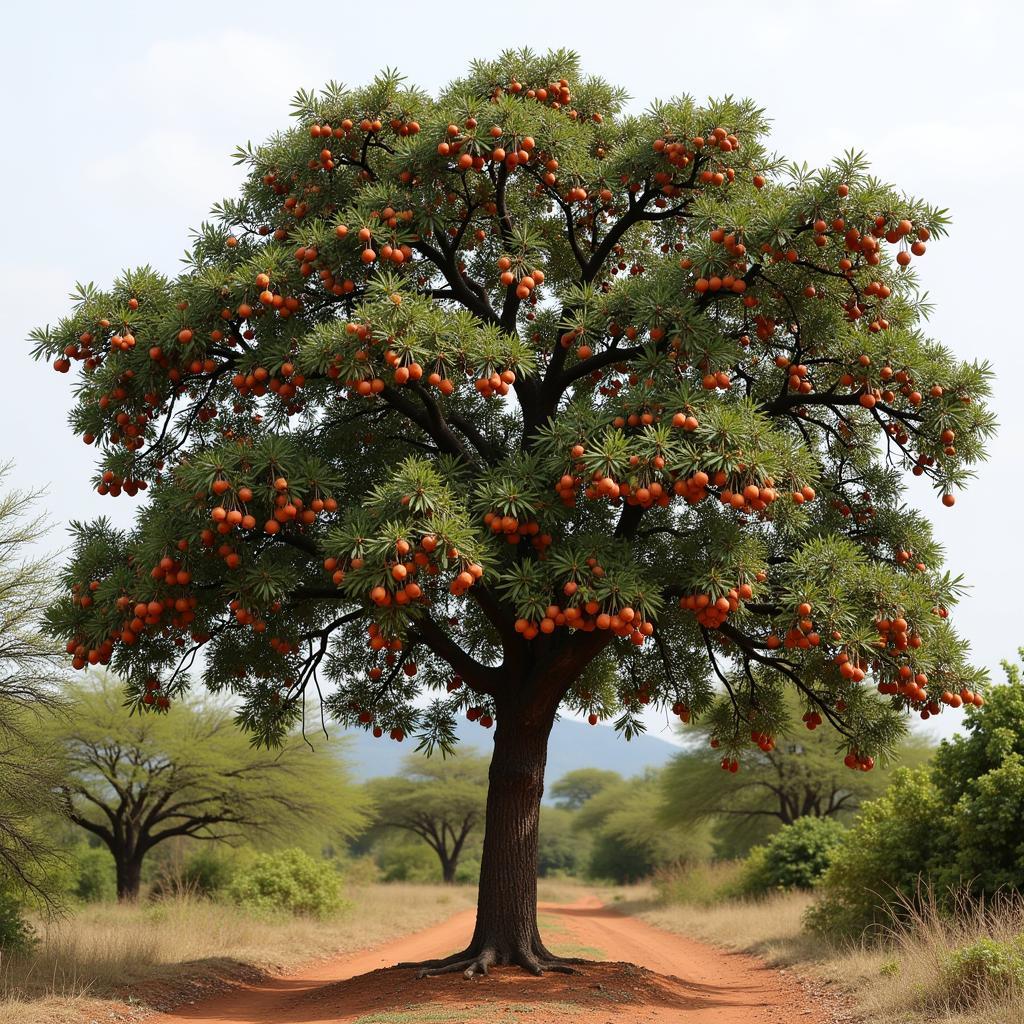Uncovering the African Coca Tree: Myth or Reality?
The term “African Coca Tree” often sparks curiosity, conjuring images of a lesser-known relative of the South American coca plant, the source of cocaine. However, the reality is more nuanced. While Africa boasts a diverse and fascinating flora, a true “African coca tree” does not exist in the botanical sense. This article delves into the origins of this misconception, explores potential plants that may be associated with the term, and highlights the importance of accurate information.
The Myth of the African Coca Tree: Why the Confusion?
The association likely stems from a misunderstanding and conflation of different plant species and their properties. The coca plant (Erythroxylum coca) is native to South America and is the sole natural source of cocaine. Its cultivation and use have a long history in Andean cultures. However, the term “African coca tree” might arise due to:
- Misidentification: Africa has a vast array of plant species, some of which may share physical characteristics with the coca plant, leading to misidentification.
- Cultural Exchange: The global trade of plants and knowledge has, at times, resulted in the introduction of non-native species to new continents. It’s possible that plants with stimulant properties, even if not related to coca, were introduced to Africa and mistakenly labeled.
- Sensationalism: The association with the coca plant and its illicit derivative might be a way to generate intrigue or sensationalize information, even if the connection is tenuous at best.
Exploring Potential Candidates: African Plants with Stimulant Properties
While a true “African coca tree” mirroring the South American variety is absent, Africa is home to various plants with stimulating properties. These often play significant roles in traditional medicine and cultural practices. Some examples include:
- Kola Nut (Cola nitida): Found in West Africa, the kola nut is known for its caffeine content and has been used for its stimulating effects, as well as in traditional medicine and ceremonies. This is likely the closest resemblance to a plant associated with “African coca” due to its stimulant properties.
- Khat (Catha edulis): This plant, native to East Africa and the Arabian Peninsula, contains the stimulant alkaloid cathinone. It is traditionally chewed for its euphoric effects.
- African Dream Root (Silene capensis): Used by the Xhosa people of South Africa, the roots of this plant are believed to induce vivid and prophetic dreams. While not a stimulant in the traditional sense, it alters consciousness.
These examples illustrate that while a direct equivalent to the coca plant doesn’t exist in Africa, the continent possesses its own range of plants with stimulating and psychoactive properties.
The Importance of Accuracy and Cultural Sensitivity
The perpetuation of the “African coca tree” myth underscores the need for accurate botanical knowledge and cultural sensitivity. Misinformation can:
- Perpetuate Stereotypes: Linking Africa to the illicit drug trade based on a false premise perpetuates harmful stereotypes about the continent and its people.
- Undermine Traditional Knowledge: Misrepresenting or misidentifying African plants disrespects the depth and nuance of traditional African knowledge systems.
- Hinder Scientific Understanding: Accurate botanical classification is crucial for research, conservation, and the sustainable use of plant resources.
Conclusion: Embracing Africa’s Botanical Richness Responsibly
While the “African coca tree” may be a misnomer, it provides a valuable opportunity to learn about Africa’s diverse flora and the importance of accurate information. By engaging with cultural knowledge respectfully and promoting botanical literacy, we can appreciate the richness of the continent’s plant life while dispelling harmful myths.
FAQ
-
Is there a plant in Africa that produces cocaine? No, the coca plant, the sole source of cocaine, is native to South America and not found naturally in Africa.
-
What is the closest equivalent to the coca plant in Africa? The kola nut, with its caffeine content and stimulant properties, is perhaps the most comparable plant in terms of its stimulating effects.
-
Why is it important to use accurate plant names? Accurate identification is crucial for scientific research, conservation, and avoiding the spread of misinformation.
-
Are there other plants in Africa with medicinal or cultural significance? Yes, Africa boasts a vast array of plants with medicinal and cultural uses, reflecting the continent’s rich biodiversity and traditional knowledge systems.
-
Where can I learn more about African plants and their uses? Reputable botanical databases, scientific journals, and books by ethnobotanists are excellent sources of information.
Need More Information?
For further insights into African culture, history, and more, explore our other articles on African Life. Contact us directly at +255768904061 or kaka.mag@gmail.com. You can also visit our office located in Mbarali DC Mawindi, Kangaga, Tanzania, for any inquiries. Our team is available 24/7 to assist you.


